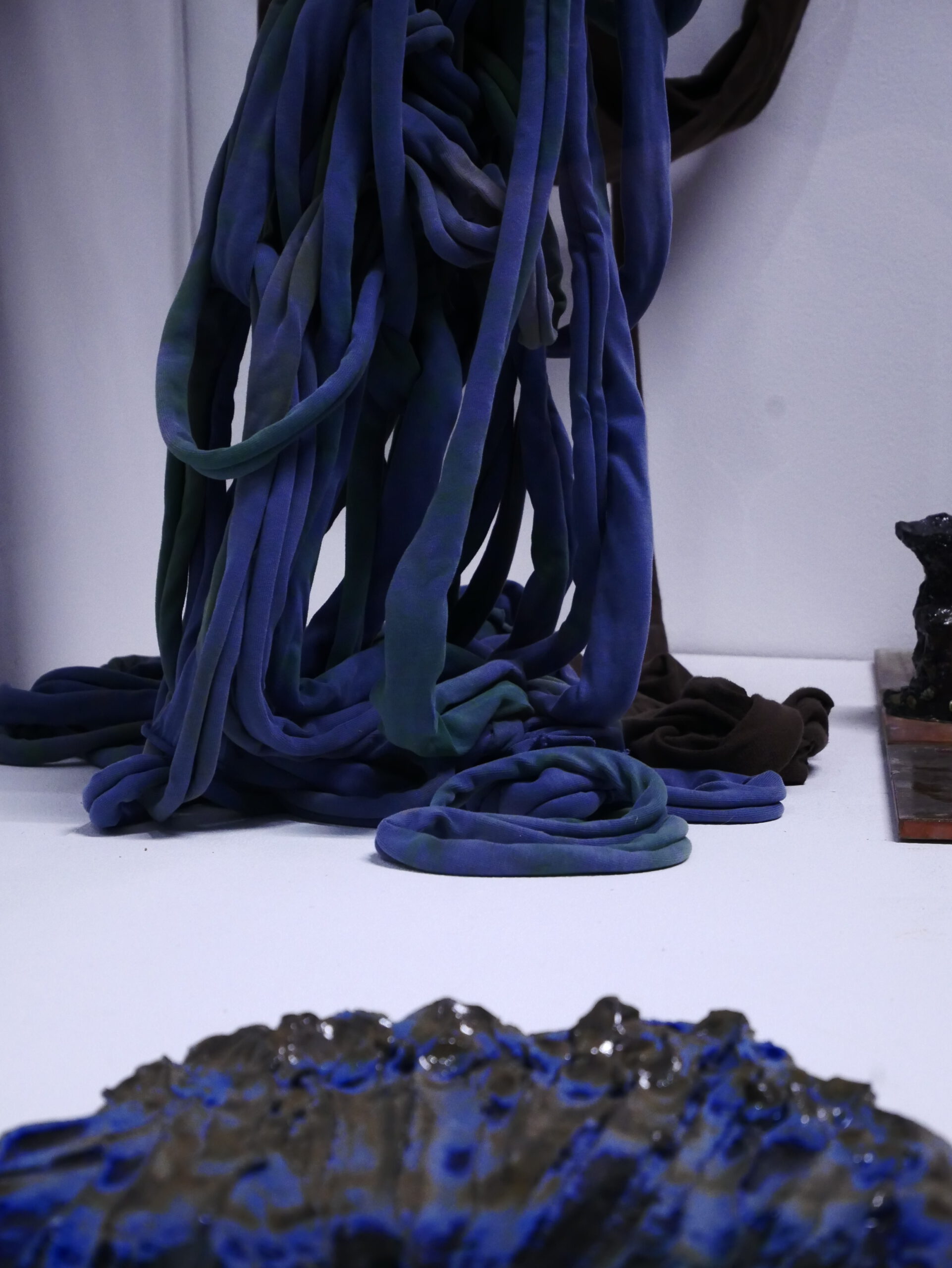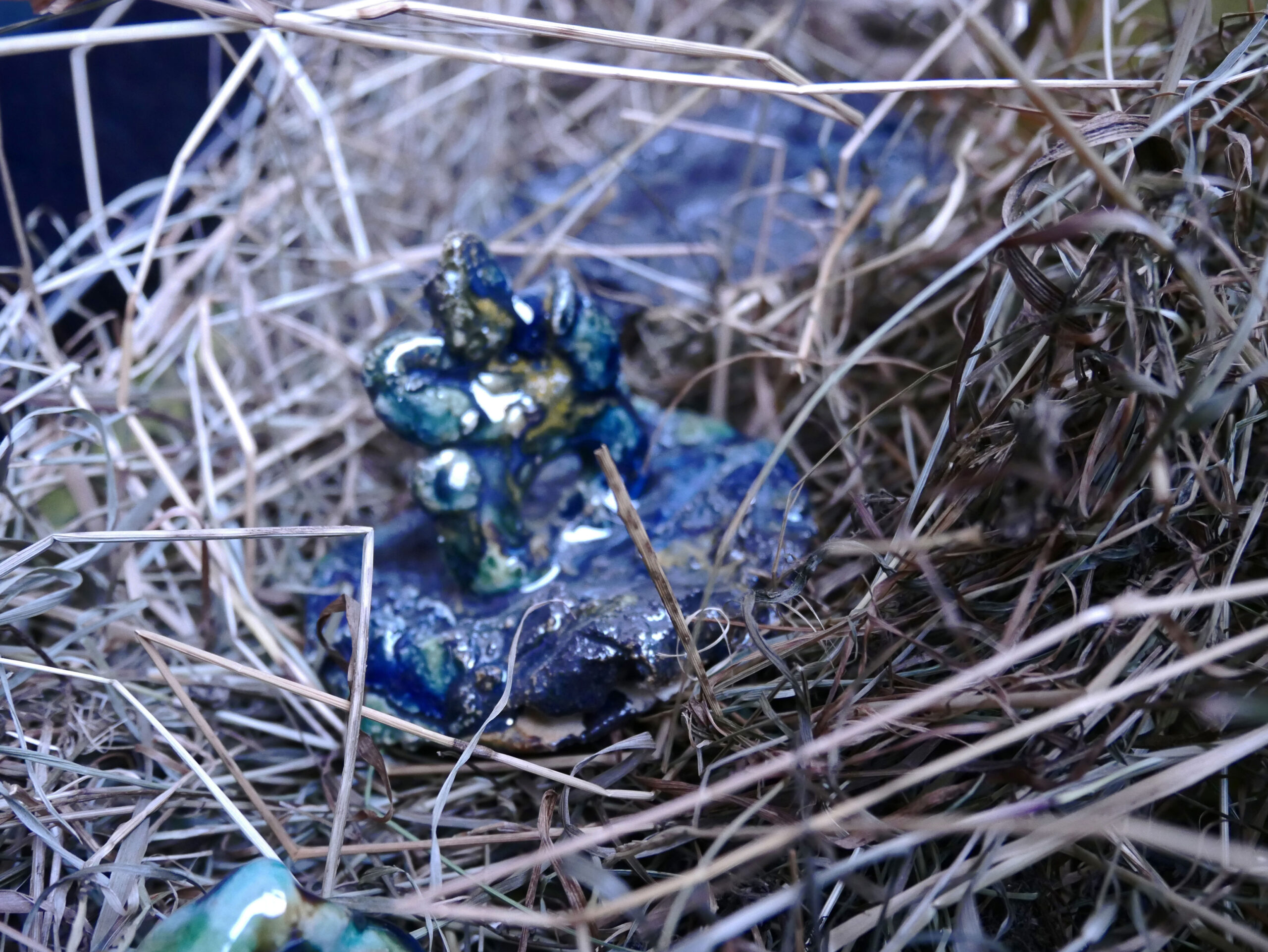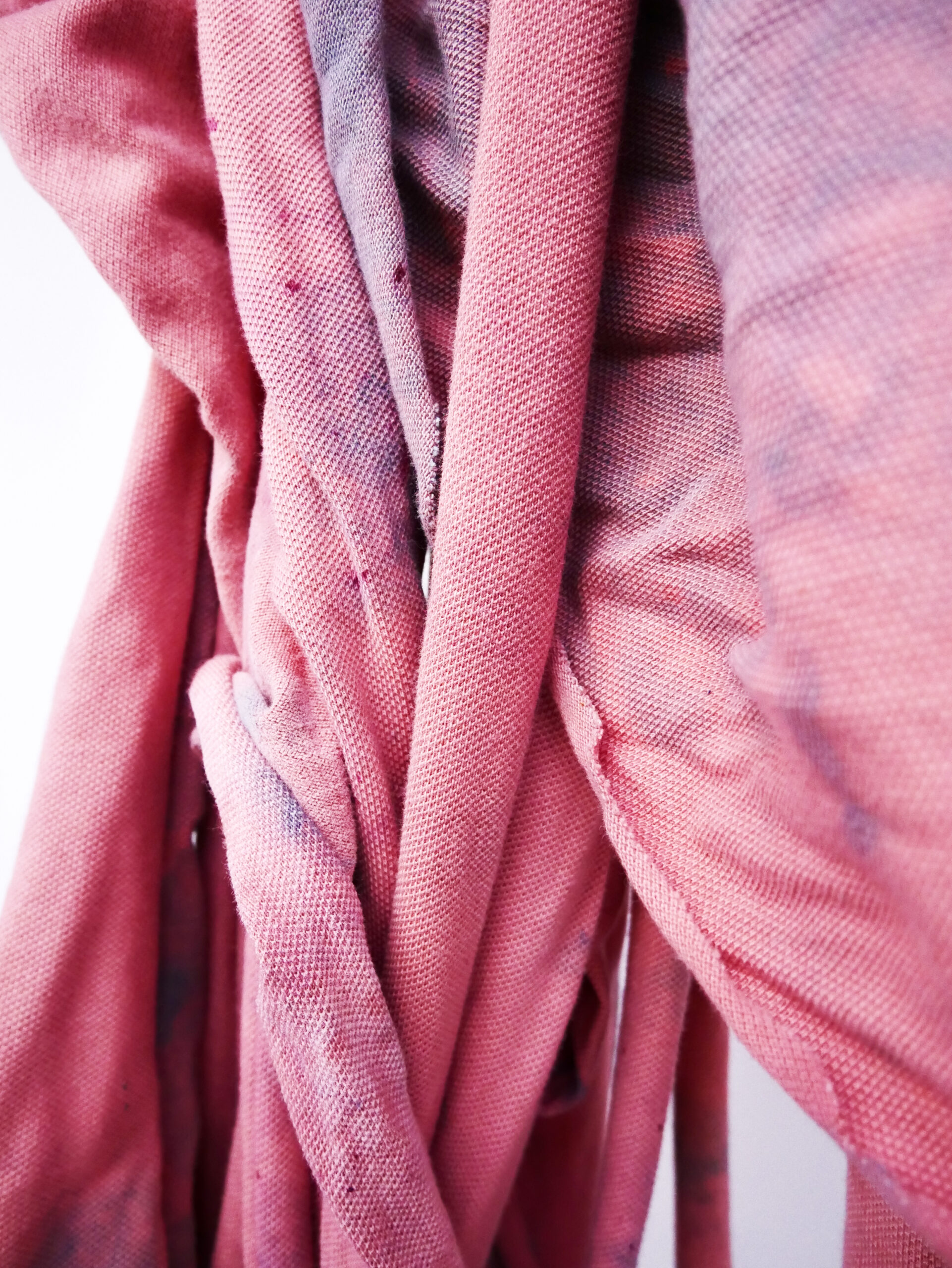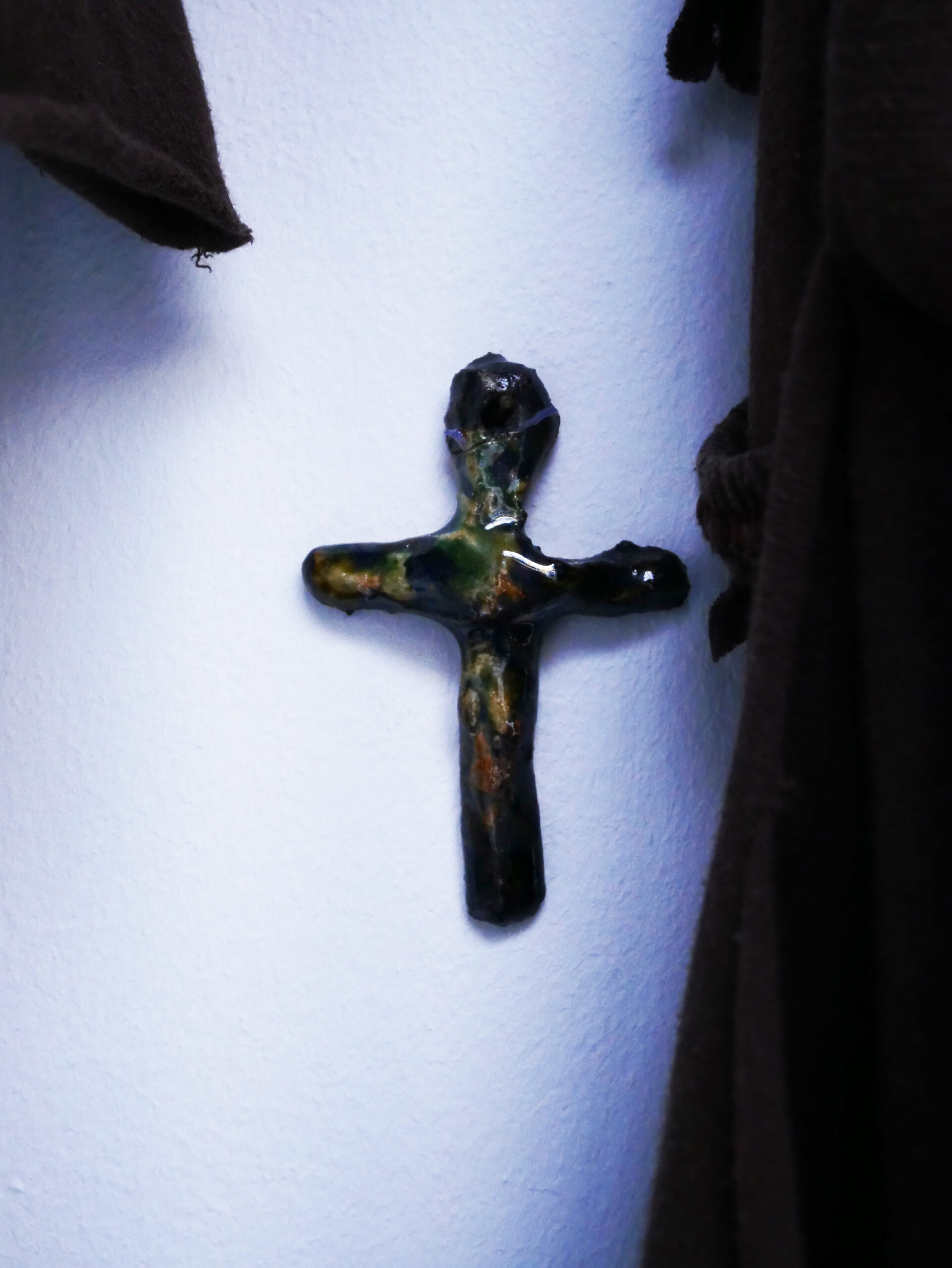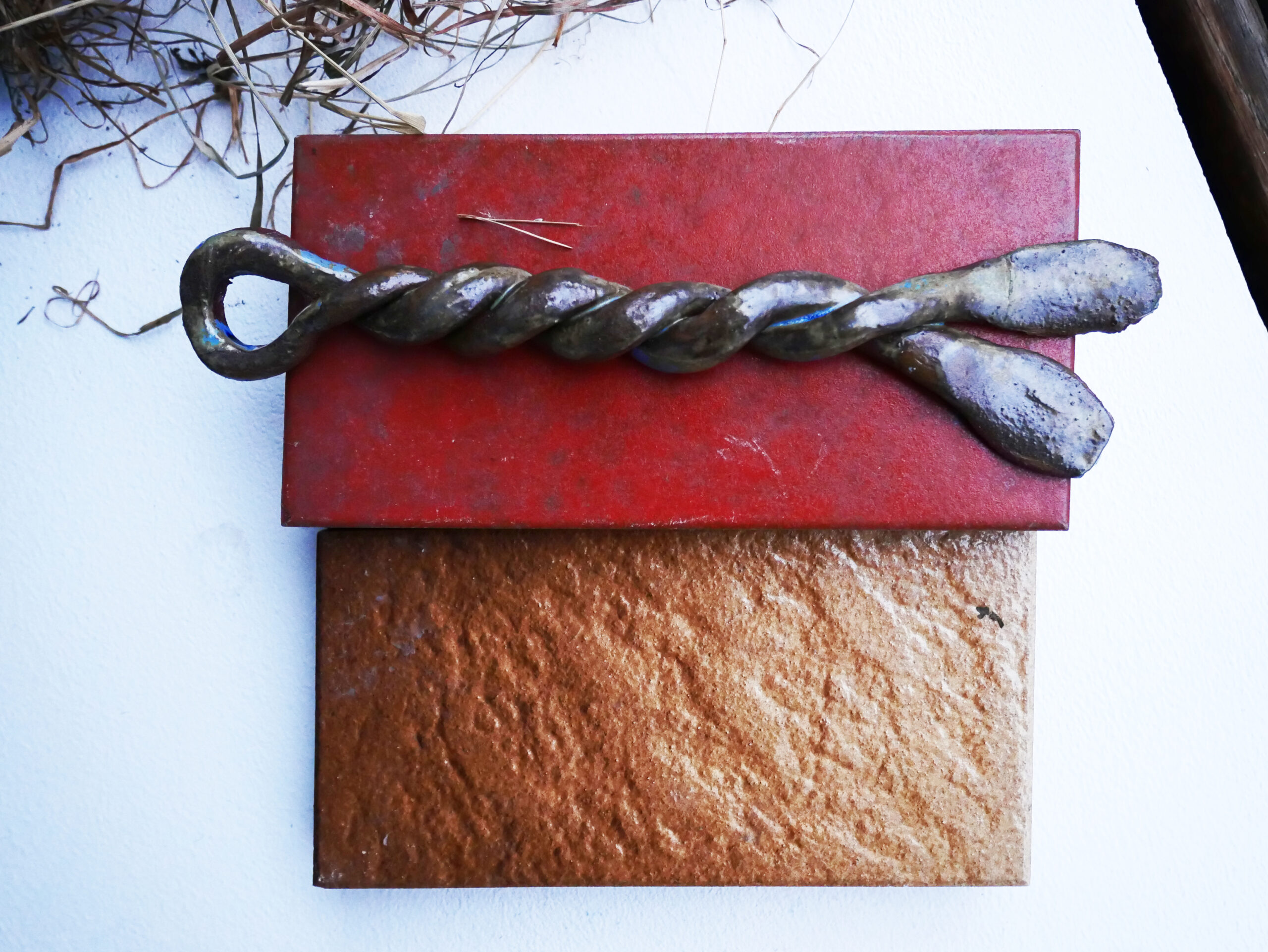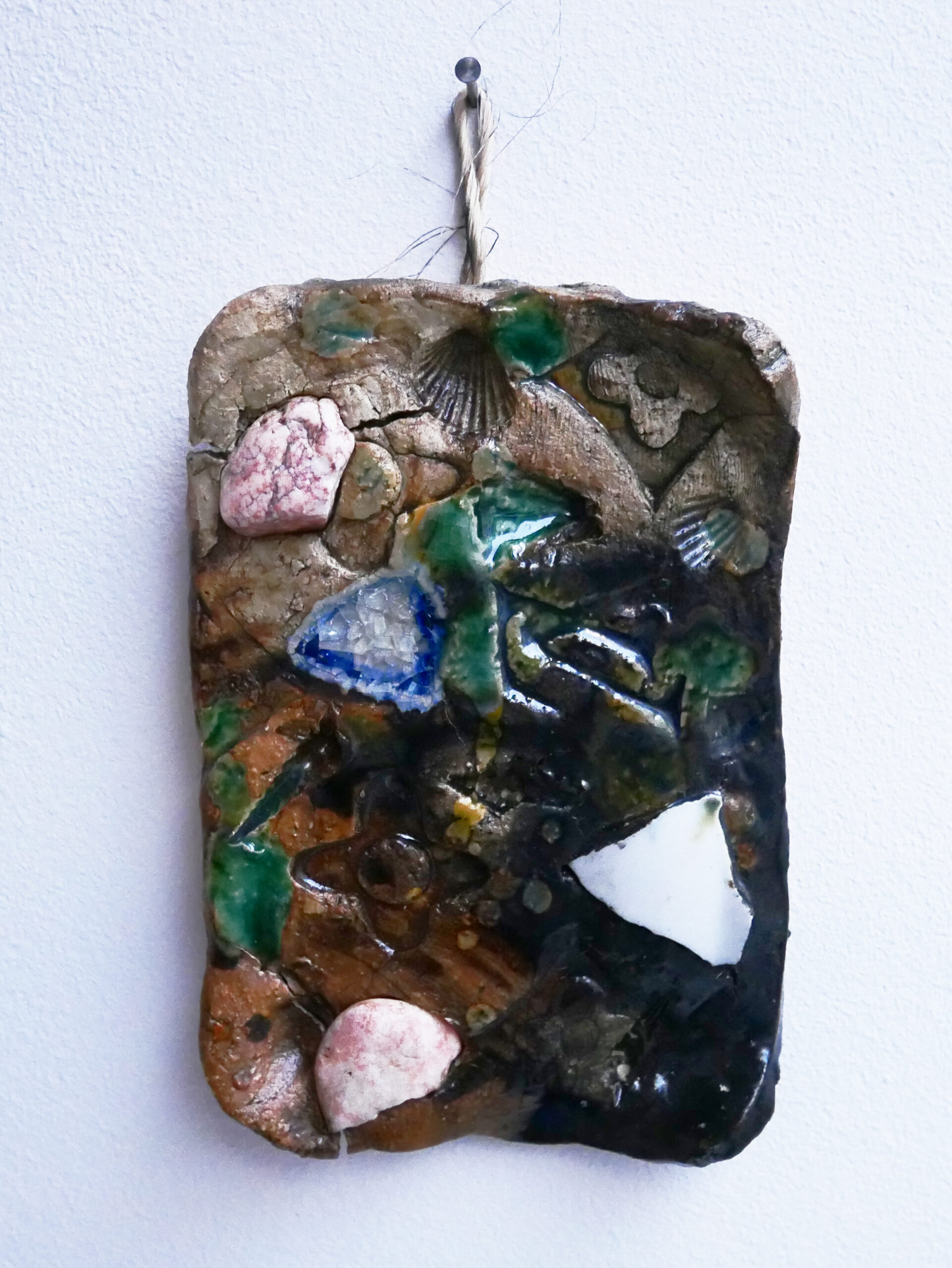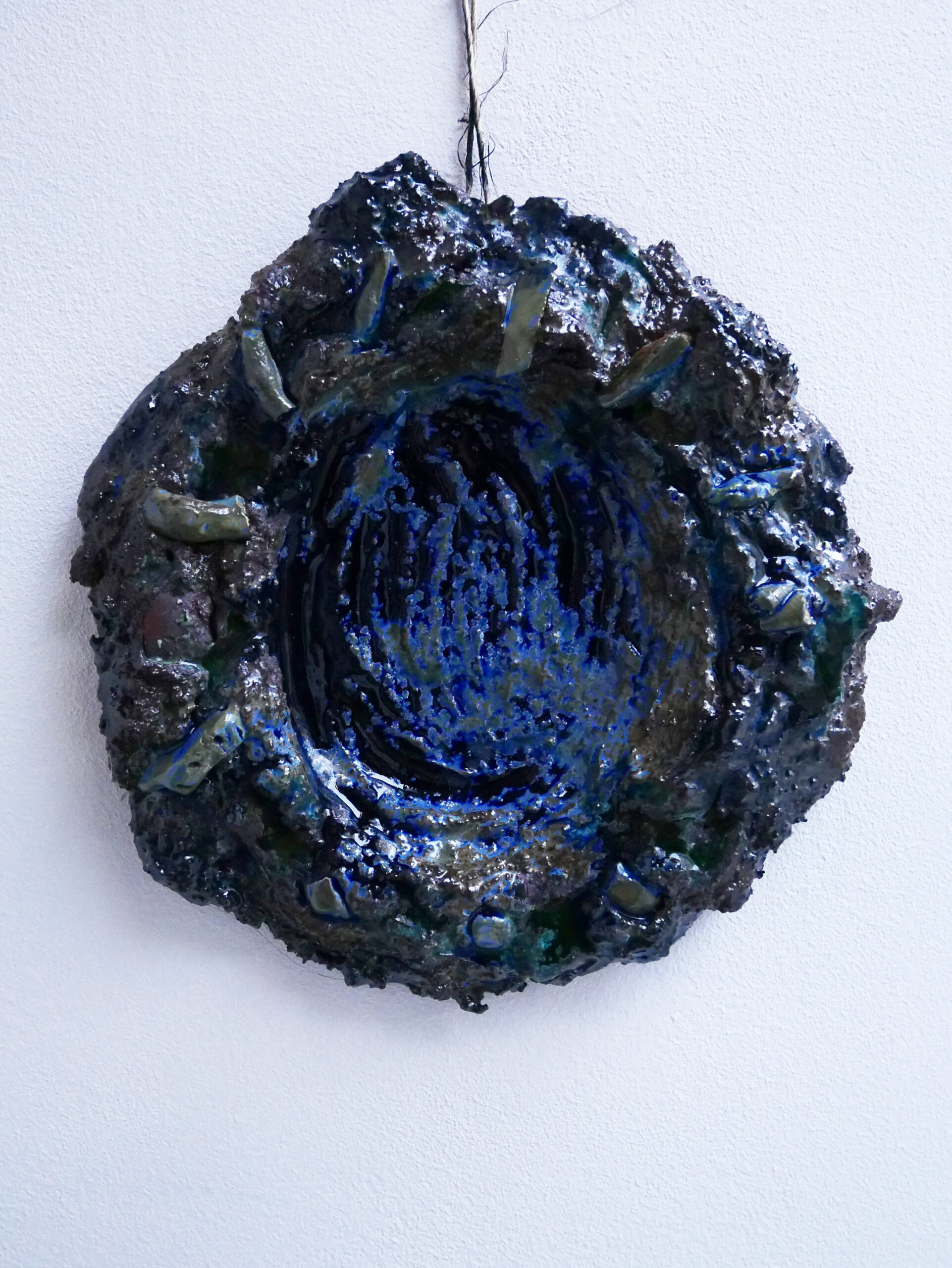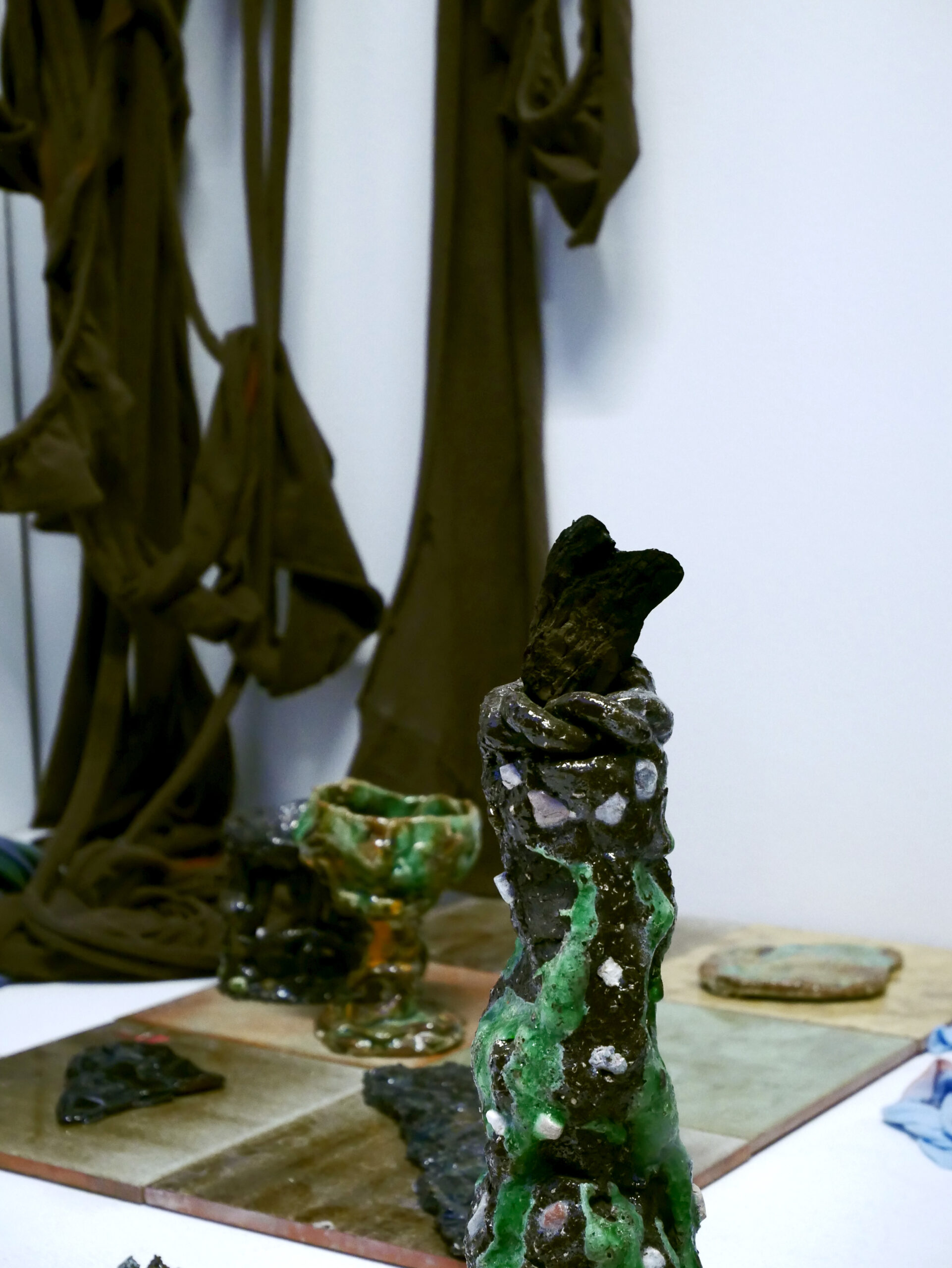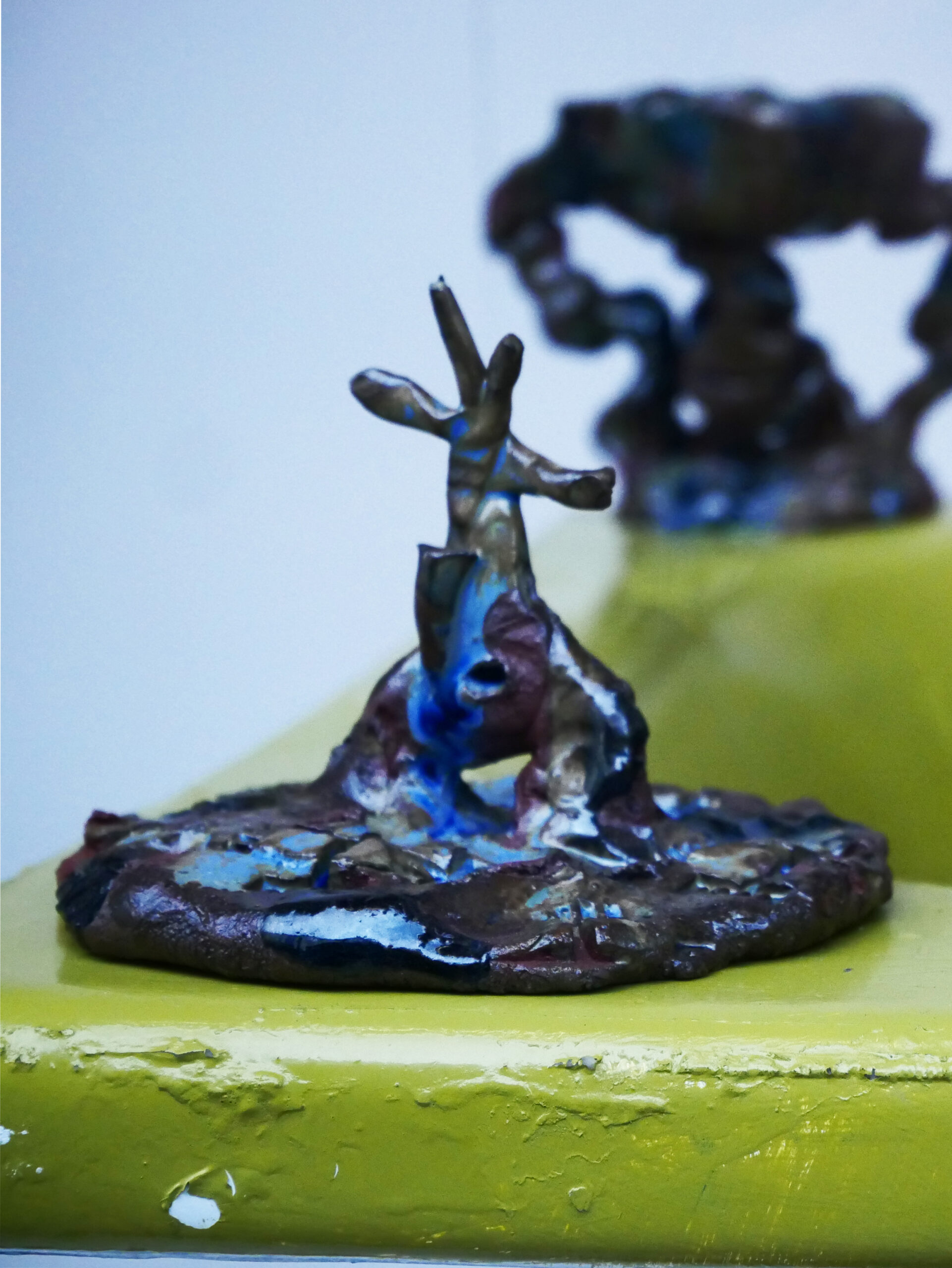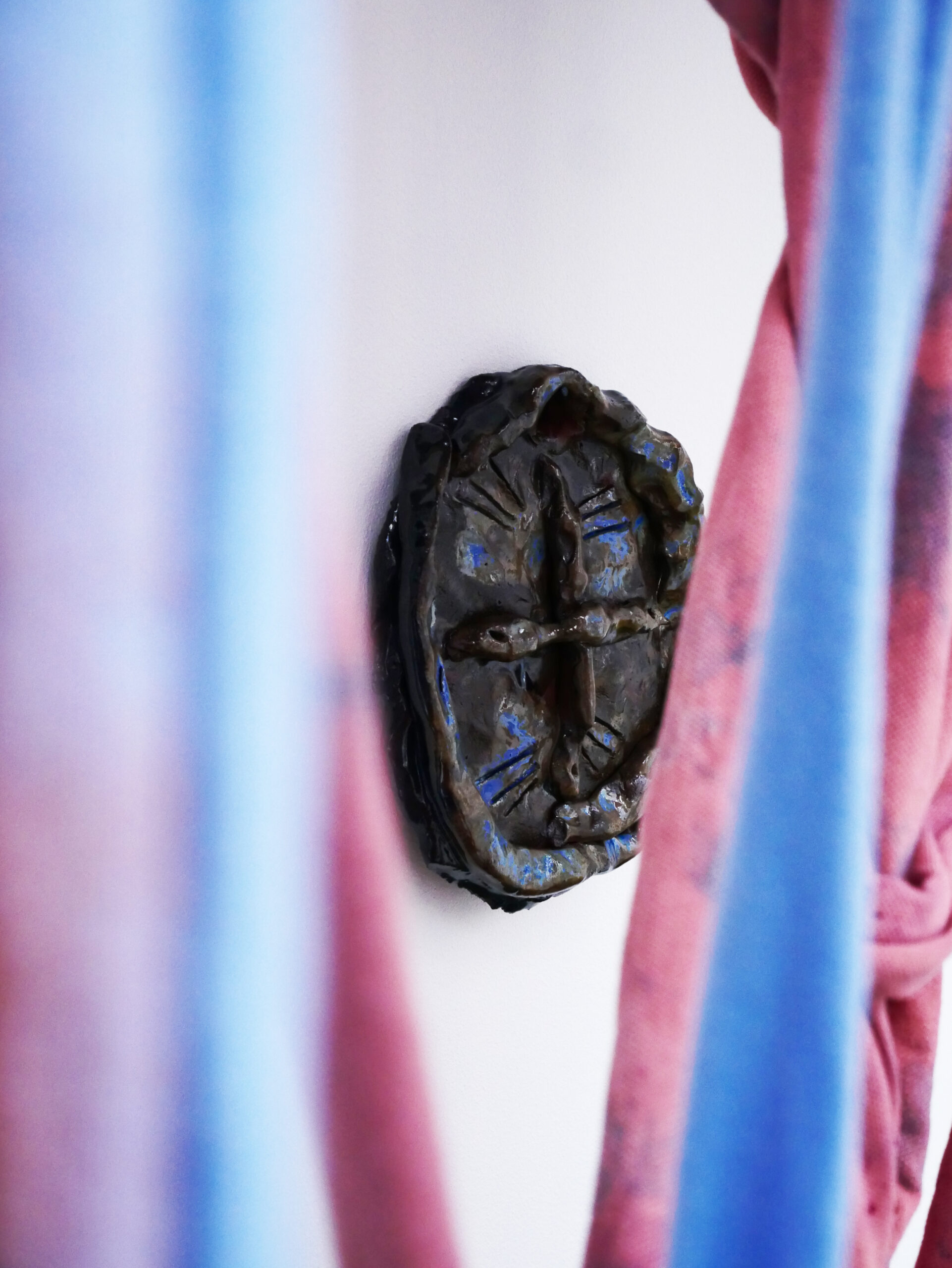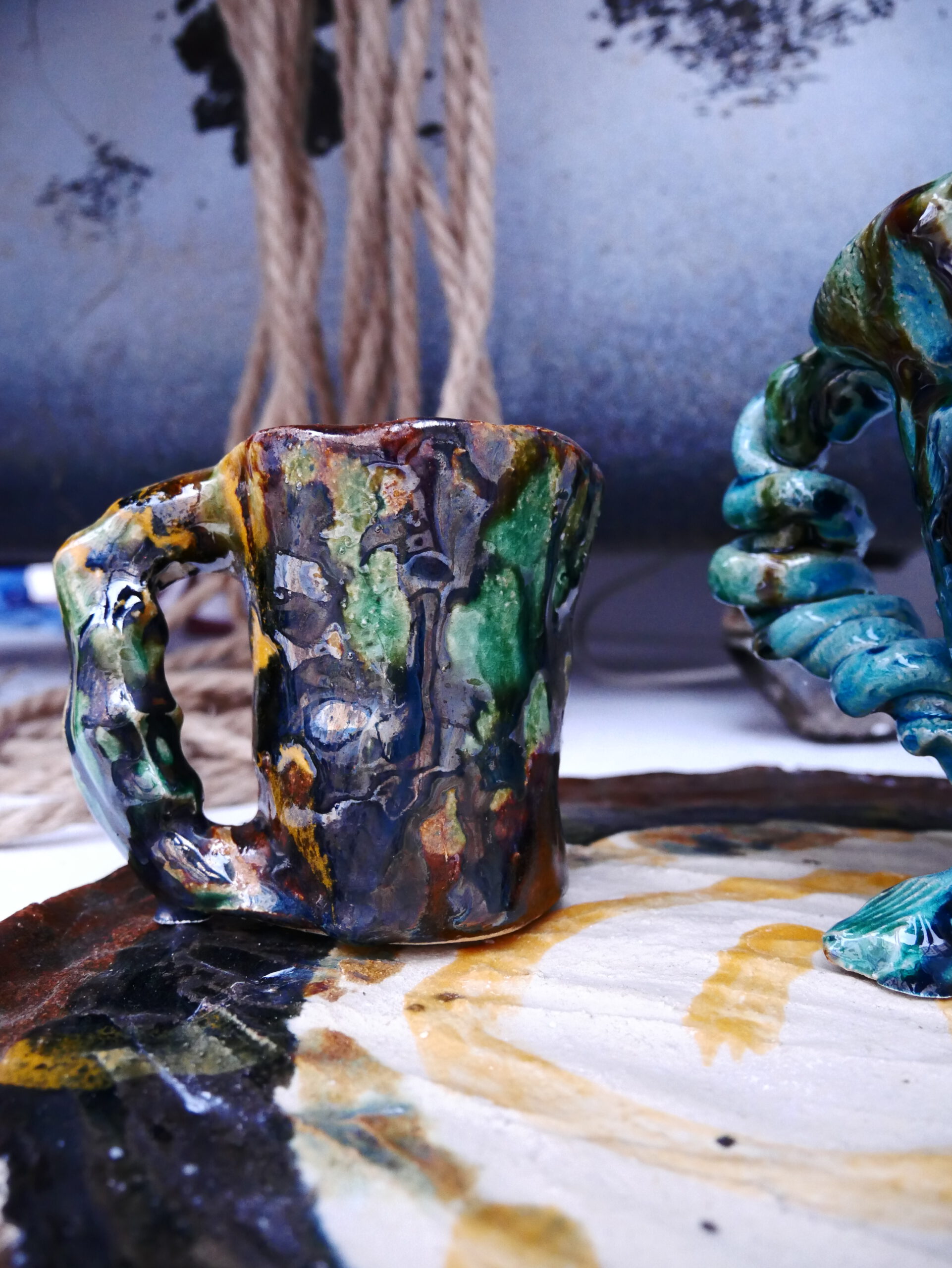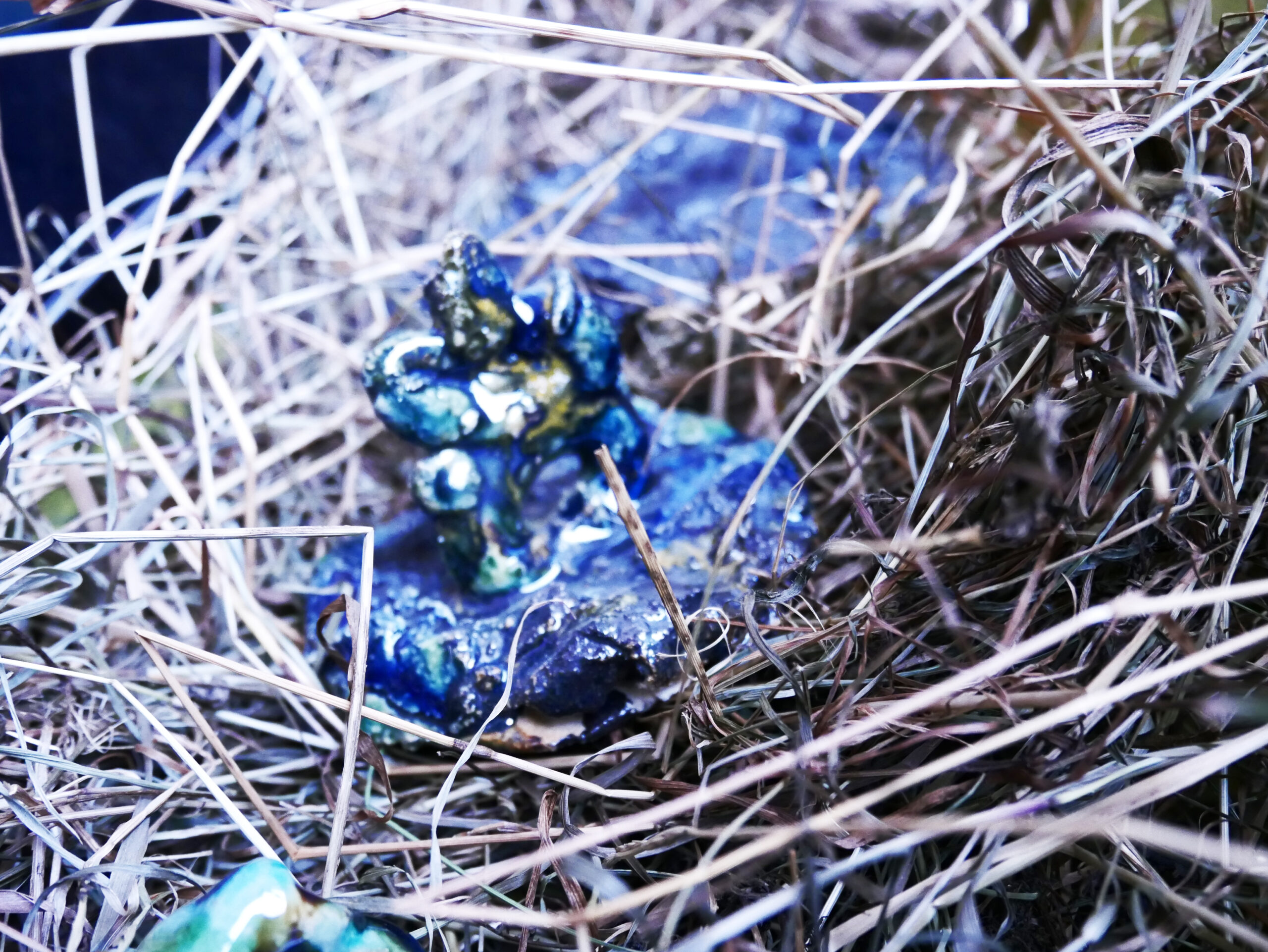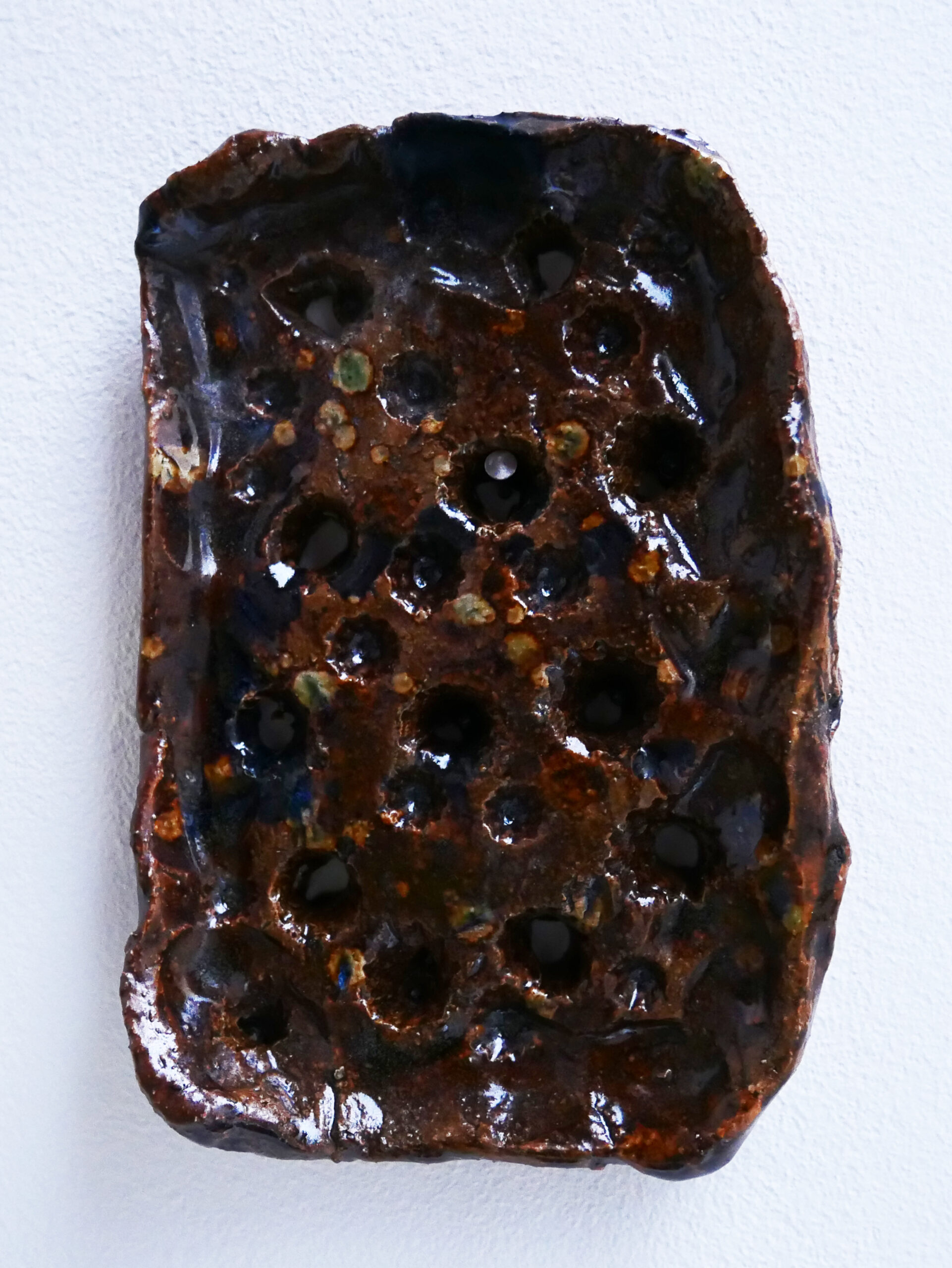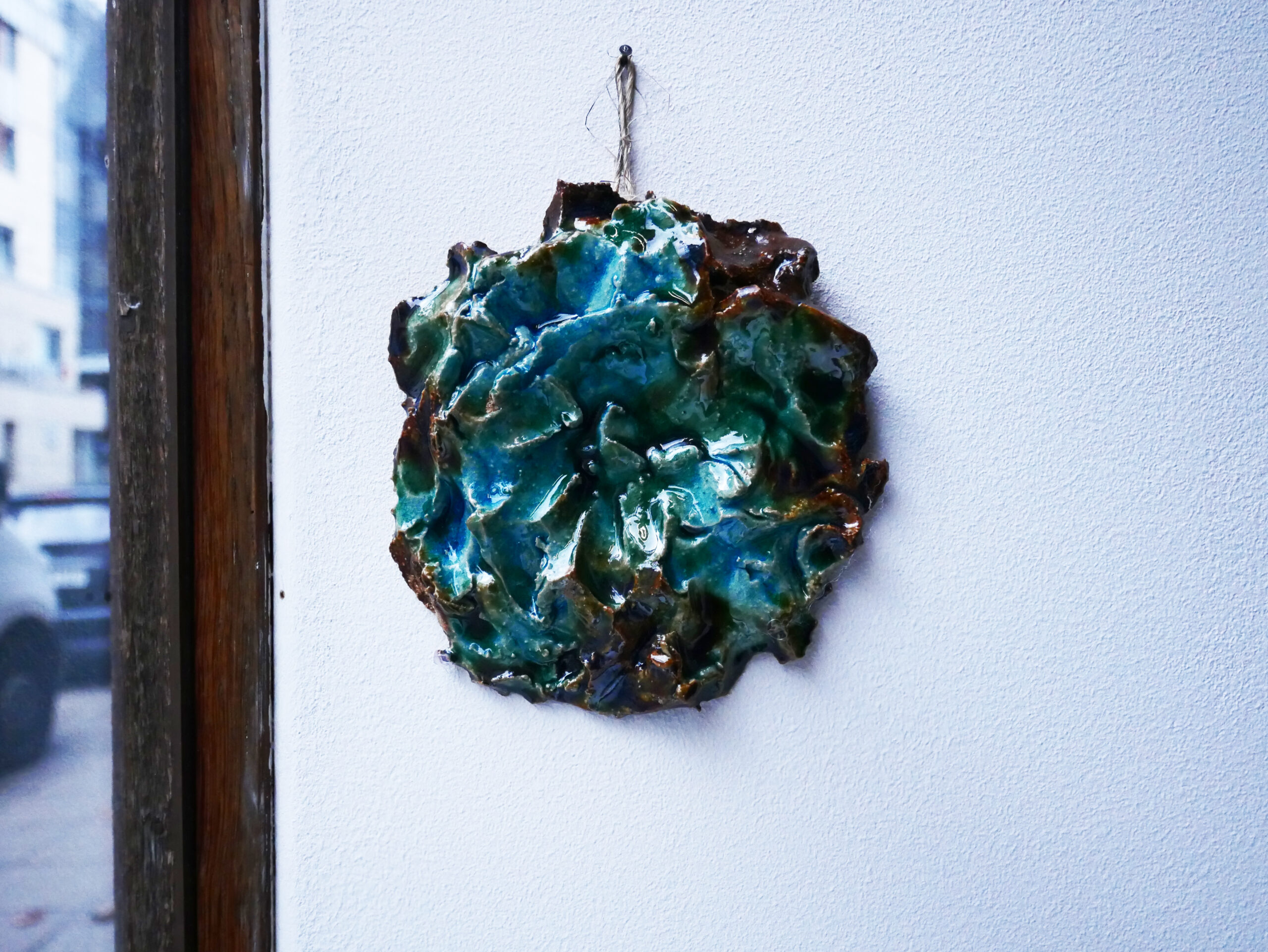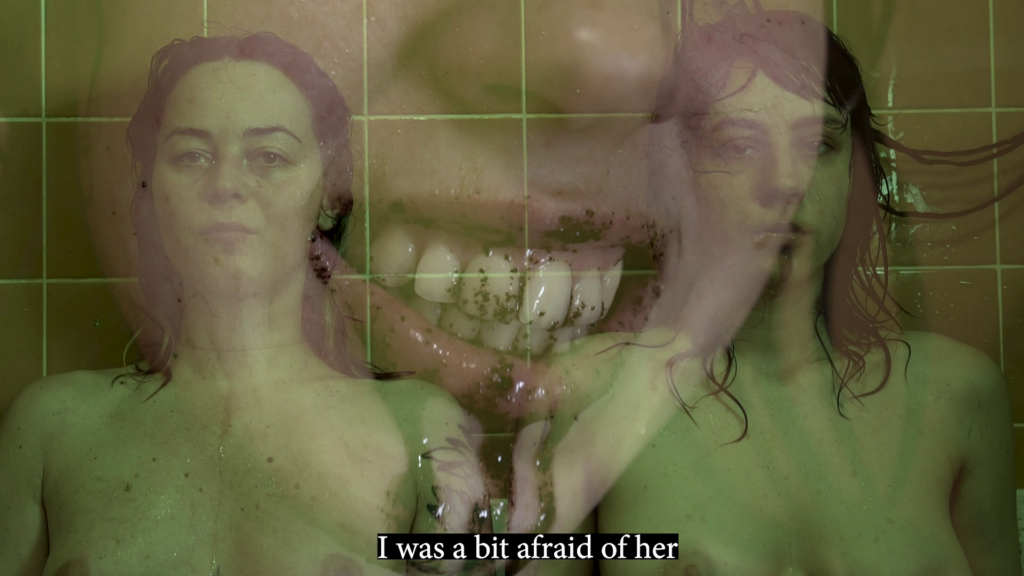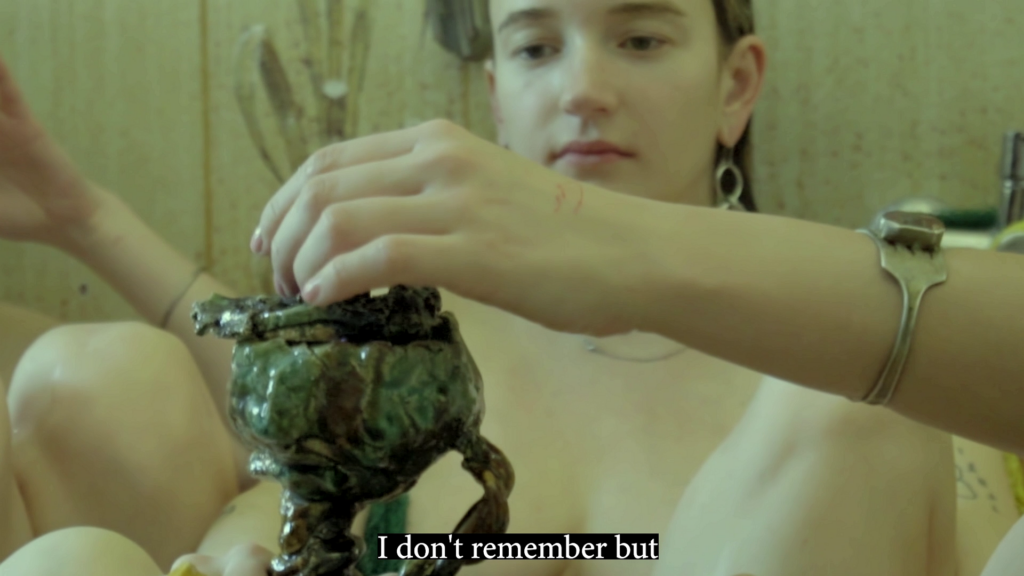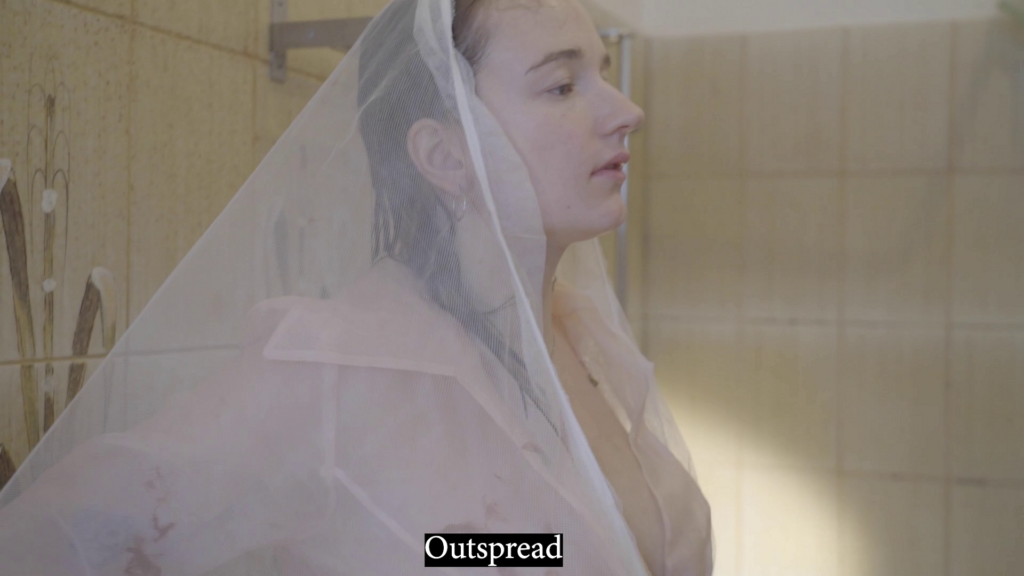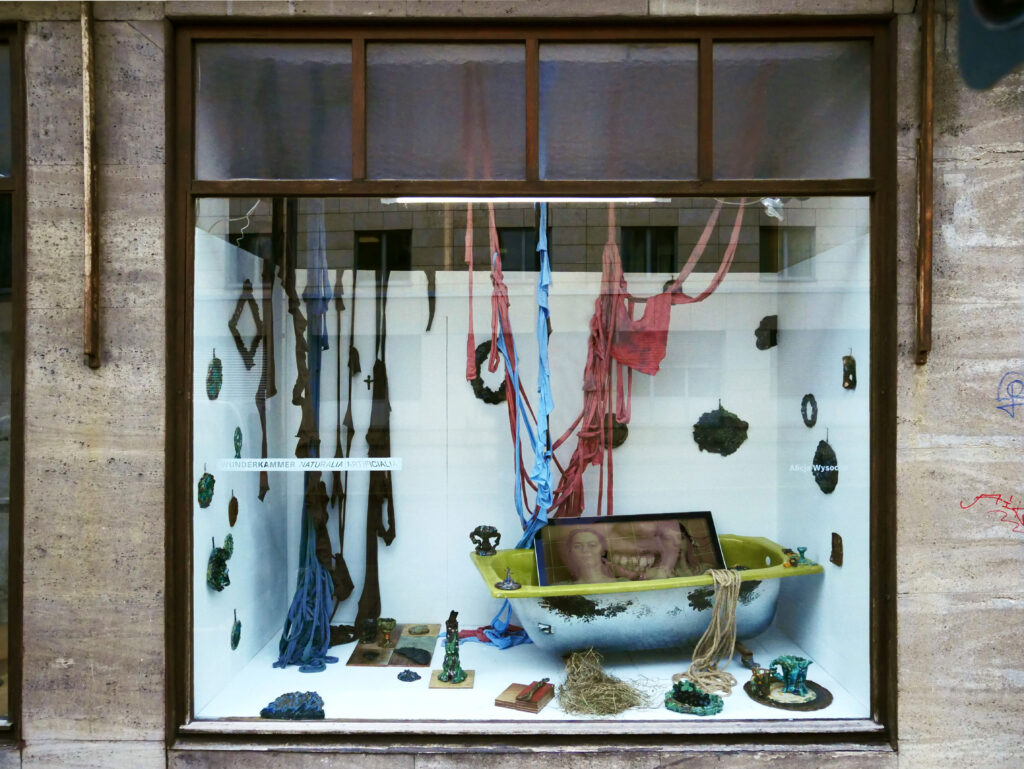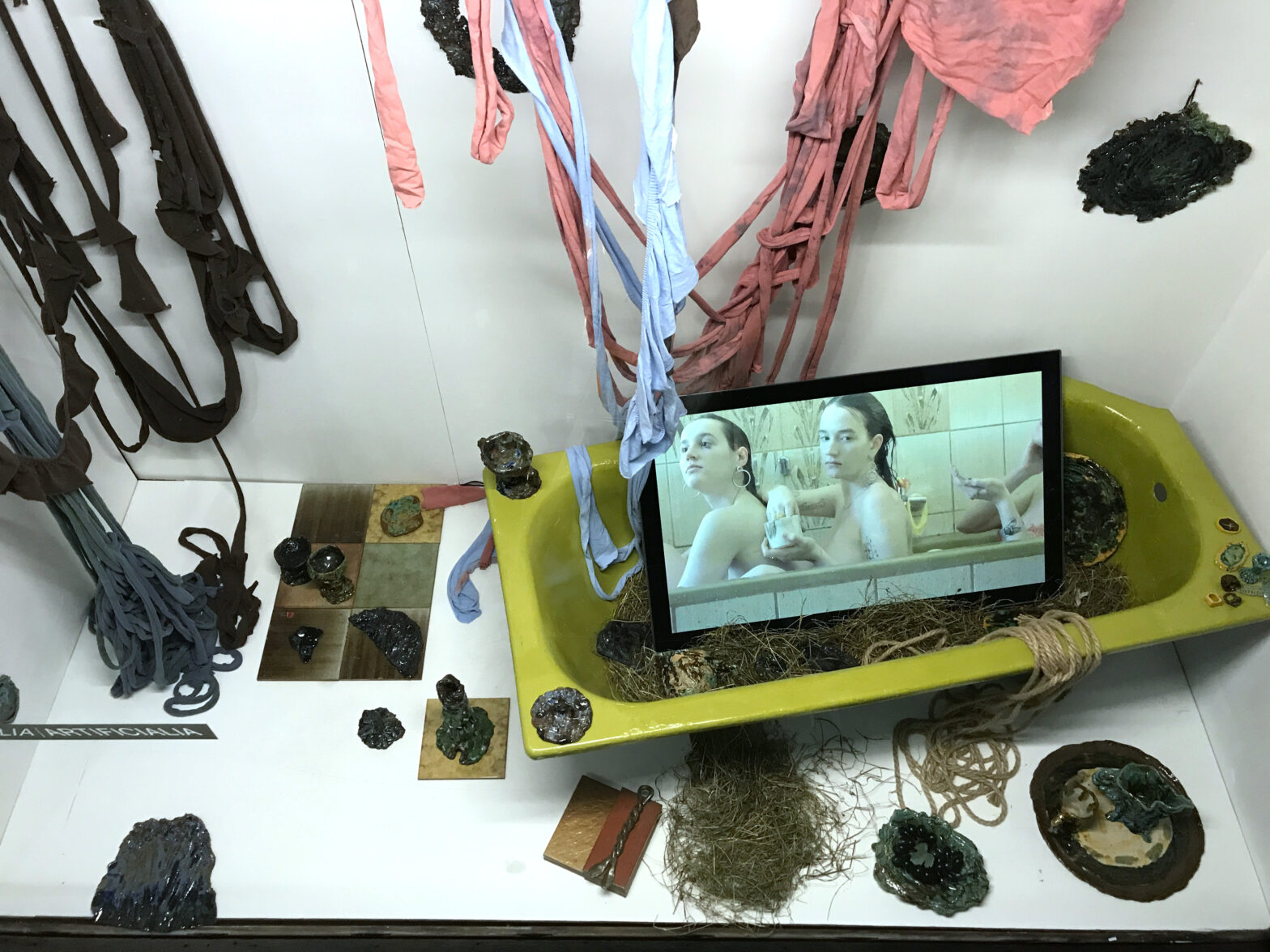She had a smile made with a marker
my mum cut her out
and her hands did attach
and her belly filled with rugs
I was a bit afraid of her
she had white sheet face because she was Lady Winter
so she was bad
white cold sheet dress
I don‘t remember but
They went by the river
They set her on fire and threw her into the river
Her head roll off the stick
White sheet became brown
Paper hands dissolved in the water
Outspread
Did they scream for help?
Here Morana was
fertility and harvest goddess back in the days
of the cycle of rebirth and death
What did they do to her?
Oh Morana, poor Morana
Oh Morana, poor Morana
we will undrown you
we anoint you
Oh Morana, poor Morana
Oh Morana, poor Morana
we will undrown you
we anoint you
Text by Alicja Wysocka
In Eastern Europe, a pre-Christian ritual tra-
ditionally bids farewell to the cold of winter and welcomes the first, tentative signs of spring. The Slavic, pagan goddess named Morana, who stands for rebirth, the dream and life after death, is the central figure of this ritual act. She is embodied by a doll, which is adorned with everyday objects and being drowned.
The title of the video Lamentations refers to one of the oldest forms of expressing grief. Songs of mourning exist in all cultures. In the video, three women are seen bathing together in a bathtub, performing acts of devotion, ritual cleansing and care on on one another, in a setting of ceramics and props. Scenes of joy coincide with motifs such as that of a cross made of mud being pulled over a spine, a face disappearing under the surface of water. The handmade ceramics serve as cult objects and are reminiscent of votive forms such as fish, crosses and twist-ed chalices that accompany the pagan ritual.
Through the healing of Morana’s trauma, Alicja Wysocka intends to heal her personal post-Christian trauma, that of being baptised as a newborn. The trauma and pain of Slavic people who resisted the demise of Slavic religious ideas and forced Christianisation are also addressed through this kind of trauma re-enactment. Part of the exhibition
is a vessel filled with Stuttgart mineral water, which is known for its healing properties.
Olivia Berkowicz, independent curator and writer.
Alicja Wysocka, born in Poland, she studies at Städelschule in Frankfurt am Main. Alicja seeks to explore alternative economic models and common community-based forms of coexistence such as craft making, rituals and forms of collaboration which function as a collective therapeutic experience.
